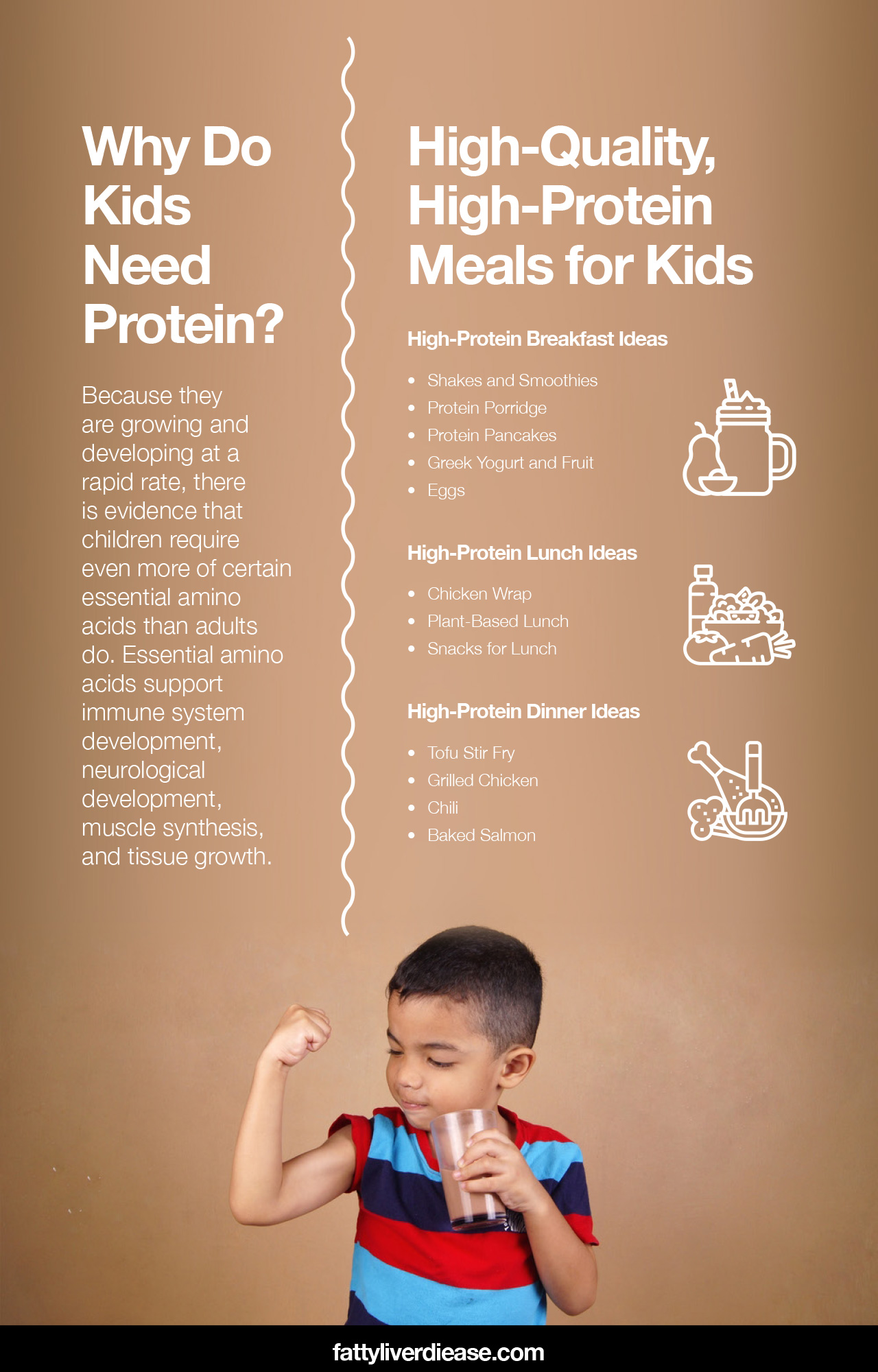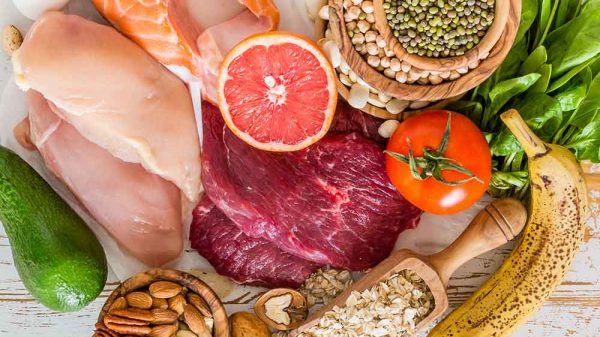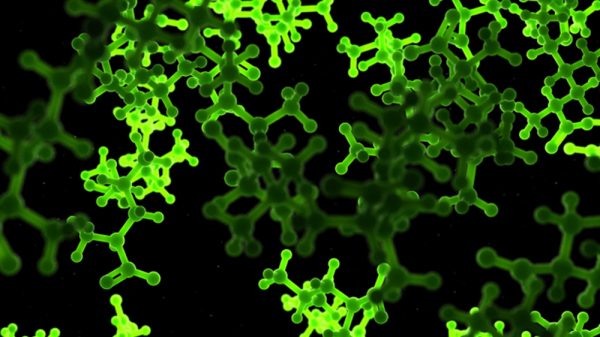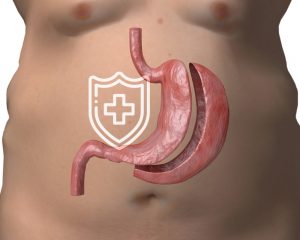Kids are rapidly growing and developing, which makes proper nutrition so vital for their health. Protein is one of the crucial macronutrients that kids need. Beyond the amount of protein your child is getting, the quality of protein in your child’s diet is very important. Keep reading to find out why protein for kids is critical for good health, and how to prepare kid-friendly meals with high-quality protein.
Why Do Kids Need Protein?
Protein is a vital micronutrient that is important for all biological processes. Amino acids are the smallest individual units of protein and are often referred to as the building blocks of protein. When we eat protein, our digestive system breaks protein particles into amino acids, which are absorbed and sent throughout the body. Essential amino acids are especially important to get from dietary sources since they can’t be produced in the body. The nine essential amino acids are histidine, threonine, methionine, lysine, leucine, isoleucine, valine, phenylalanine, and tryptophan.
Because they are growing and developing at a rapid rate, there is evidence that children require even more of certain essential amino acids than adults do. Essential amino acids support immune system development, neurological development, muscle synthesis, and tissue growth. Plus, they’re needed in the production of enzymes that catalyze all biological reactions.
The key factor in protein for kids is the quality of protein, not the quantity. High-quality protein is defined by the protein digestibility corrected amino acid score (PDCAAS), which describes how bioavailable the protein is and the ratios of essential amino acids it provides. When a food source has a PDCAAS closer to 1, this means it contains optimal ratios of essential amino acids. A PDCAAS lower than 1 indicates a protein source with fewer essential amino acids.
Generally, animal sources like meat and dairy products have a PDCAAS of 1, while most plant sources of protein have a PDCAAS less than 1, with the exception of soy products like tofu. Most individual plant proteins from whole grains, beans, and nuts. However, when combined throughout the day, plant proteins can provide optimal ratios of essential amino acids.
If children are sensitive to dairy, dislike meat, or follow a vegan or plant-based diet, is it possible for them to get balanced ratios of essential amino acids in their diet? Absolutely. It simply takes a little planning to ensure that they eat a variety of plant foods throughout the day. Essential amino acid supplements can be a convenient way to supply optimal ratios of essential amino acids without the inconvenience of planning.
At the same time, there’s more to the story when it comes to high-quality protein. Just because a fatty cut of red meat may provide all essential amino acids, this doesn’t mean it’s the best possible protein source. Instead, saturated fat offsets the health benefits of the protein it provides. When going for animal sources of protein, choose products that are low in fat, unprocessed, and organic when possible. Plant proteins, even if incomplete when eaten individually, offer an abundance of health-promoting micronutrients.
High-protein should actually be synonymous with high-quality protein, and not simply refer to the number of grams of protein.
High-Quality, High-Protein Meals for Kids
So how can you make sure that your kids get enough high-quality protein that provides all essential amino acids without unnecessary fats, sugar, oil, and preservatives? Try out these healthy meal and snack ideas to make sure your kids get the essential amino acids they need to fuel their growth.
High-Protein Breakfast Ideas
It can be difficult to find healthy breakfasts for kids, let alone healthy foods that are also high-protein breakfast foods. Here are a few ideas for a healthy breakfast for kids that also happen to offer lots of high-quality protein.
1. Shakes and Smoothies
Preparing protein shakes for kids is an easy way to provide essential amino acids, vitamins, and energy to fuel them up for the day. Using frozen fruit is the best way to make a shake with a thicker consistency that’s almost like a milkshake. To make a berry breakfast smoothie, blend frozen banana, frozen blackberries, frozen strawberries, pitted dates, and a cup of milk or soymilk in a blender. If you use water or a plant-based milk to blend the smoothie, add a scoop of kid-friendly protein powder or an essential amino acid supplement for extra protein without added sugar and calories.
2. Protein Porridge
Oatmeal is a perfect vehicle for adding high-quality protein into your child’s diet. For a healthy, kid-friendly breakfast that affords high-quality protein, prepare a bowl of oatmeal mixed with ground flaxseeds and an essential amino acid supplement. Top with sliced bananas, sliced strawberries, and sliced mango. Drizzle with agave nectar for a little extra sweetness.
3. Protein Pancakes
Most kids love carb-heavy, sweet foods. Why not turn pancakes into a protein-packed breakfast? Even for a picky eater, pancakes are hard to resist. Make pancakes using a mixture of regular flour and almond flour. Add in ground flaxseeds and essential amino acid powder for an extra boost. Sweeten with ripe banana and dark chocolates.
4. Greek Yogurt and Fruit
Plain nonfat Greek yogurt offers optimal ratios of essential amino acids without the sugar and fat of many dairy products. Top with fresh fruit like mixed berries and apples, crushed walnuts, and a sprinkle of low-sugar granola. Drizzle with honey.
5. Eggs
Eggs are an excellent source of protein and can be paired with other nutritious foods. Scramble two egg whites and one egg yolk, and top with a sprinkle of low-fat cheese. Serve with a side of whole-grain toast and fruit, such as pineapple, blueberries, cantaloupe, or kiwi.
High-Protein Lunch Ideas
Kids naturally gravitate to high-fat, high-carb foods like candy, cookies, chips, and burgers. But that doesn’t mean they have to eat those things for lunch. Here are some ideas for high-protein, healthy lunches that are both tasty and rich in essential nutrients kids need.
1. Chicken Wrap
A chicken wrap can provide a balance of macronutrients and micronutrients that your child needs to refuel during the school day. Start with a whole-grain wrap or tortilla and line with crisp lettuce leaves to keep moisture away from the bread. Apply a thin layer of guacamole, low-fat mayo, mustard or other sauce to the lettuce. Layer chopped tomatoes, corn, and shredded chicken, and low-fat cheese. Avoid using processed lunch meats, and instead, use shredded chicken breast prepared at home in the oven or slow cooker. Alternatively, instead of a wrap, you can prepare a sandwich using the same ingredients, just swap out the wrap for whole-wheat bread.
2. Plant-Based Lunch
If your child is following a plant-based diet, you can pack a varied lunch to provide protein as well as lots of micronutrients. A peanut butter sandwich on whole-grain bread, edamame beans, a piece of fresh fruit, and popcorn offers a balance of essential amino acids.
3. Snacks for Lunch
Lunch doesn’t always have to have the main course. School lunches are especially challenging to prepare, and sometimes a variety of wholesome, tasty snacks provide all the nutrients your child needs. Whole-grain crackers and low-fat cheese, trail mix and dried fruit, and hummus with carrots and celery provide a balanced lunch with lots of high-quality protein.
High-Protein Dinner Ideas
Dinner doesn’t need to include meat to be high in protein! Here are a few high-protein dinner recipes, including two vegan dishes that kids will enjoy.
1. Tofu Stir Fry
Tofu is a mild and versatile ingredient that serves as a good meat substitute. Stir fry tofu with lots of veggies like snap peas, sliced red pepper, broccoli, and cauliflower. Season with peanut sauce or curry sauce. Serve over brown rice for a balanced meal that offers all essential amino acids.
2. Grilled Chicken
Grilled chicken is an excellent lean protein. To round out the meal with foods that provide fiber and antioxidants, serve with quinoa and grilled asparagus.
3. Chili
Chili is a delicious, high-protein stew that is a hearty winter meal. For meat-eaters, make chili with lean ground beef or ground turkey. Combine with kidney beans, crushed tomato, and bell peppers, and top with shredded cheese for a balanced meal. For picky eaters, you can sneak more veggies into the chili by incorporating finely chopped or shredded carrot and sweet potato.
For a vegan chili dish that still affords all essential amino acids, substitute ground tofu for ground meat. Serve over brown rice.
4. Baked Salmon
Salmon affords optimal ratios of essential amino acids, while also providing omega-3 fatty acids and vitamin D. Serve salmon with roasted potatoes and a side salad.
Things to Keep in Mind
If your child eats a balanced diet, he or she is likely to get enough protein. However, your child is a picky eater, is sensitive to animal products, or follows a vegan diet, it’s important to make sure that their protein needs are being met. Essential amino acid supplements can alleviate worry surrounding your child’s protein requirements. Essential amino acid supplements are also easy to digest since it provides protein that’s already in it’s pure and useable form.
If you’re looking for a good protein powder, make sure that it is kid-friendly and doesn’t contain added sugars or preservatives.
If you’re concerned about your child’s diet and you’re considering adding protein or amino acid supplements to their diet, talk to their pediatrician and a dietitian about how to make sure your child is getting all the nutrients they need.
Conclusion
Kids are growing at warp speed and need all the right nutrients to support the process. Protein – more specifically, essential amino acids – is one of these vital nutrients. High-quality protein should be a key part of your child’s diet each day to support optimal growth and development.
























